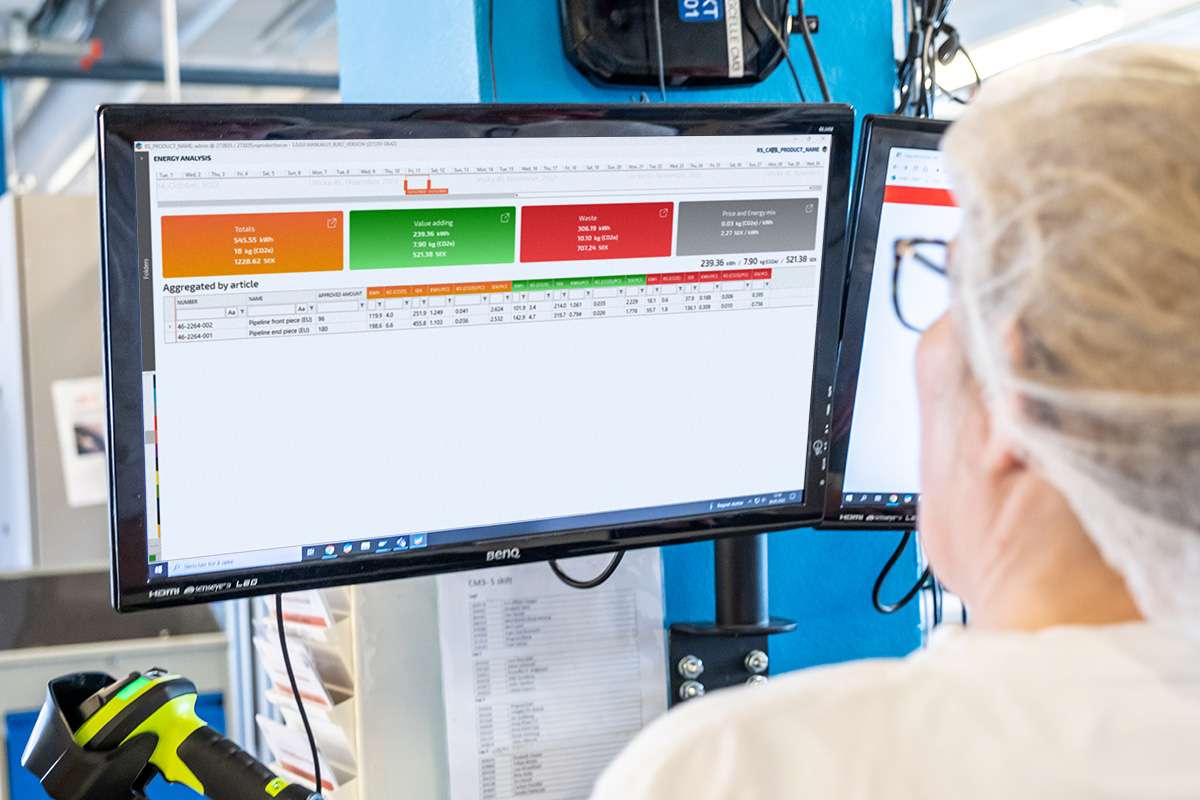
Overall Equipment Effectiveness (OEE) is a performance measure widely used in the manufacturing industry. However, misconceptions about using OEE might arise during implementation or in continuously running an OEE program. This blog post will deal with possible misunderstandings and suggest counter-actions to avoid them.
#1
One common misconception is that no financial issues are considered when measuring OEE. This misconception arises from OEE being a technical measure that needs to consider economic costs directly. However, it is essential to remember that OEE is a key performance indicator that can provide valuable information for decision-making on investments and resource allocation.
#2
Another misconception is that availability, performance, and quality have the same weight and value when prioritising possible improvement work. If one prioritises an economic perspective, quality losses are likely the most valuable thing to improve. At the same time, it is important to remember that all three factors are equally important in the technical OEE calculation and should be given equal weight.
#3
A third misconception is that the connection to productivity sometimes needs to be clarified. This misconception arises from the fact that OEE measures the efficiency of equipment rather than necessarily the productivity of the process. However, it is essential to remember that equipment efficiency is critical to overall process productivity.
#4
A fourth misconception is the importance of cross-functionality of the measurement and work method. This misconception arises from the fact that OEE is often viewed as a maintenance tool rather than a cross-functional collaboration tool. It is important to remember that OEE should be viewed as a cross-functional tool to help identify and prioritise losses for improvement work.
#5
A fifth misconception is the issue of comparison of OEE results. This misconception arises from the fact that OEE results may only sometimes be directly comparable between different machines, processes, or even plants. Remembering that OEE should only be used as a comparative measure within a specific device, process, or plant is essential.
#6
Finally, there needs to be more clarity about the view on and hunt for world-class levels. This misconception arises because some companies may focus solely on achieving world-class OEE levels without considering their unique situation and context. It is important to remember that OEE levels are context-dependent and that companies should strive to achieve their best.
In conclusion, while OEE is a valuable performance measure, it is essential to be aware of possible misconceptions when implementing or running an OEE program. By understanding these misconceptions and taking appropriate counter-actions, companies can avoid mistakes and achieve the full benefits of using OEE as a performance measure.
This blog post is based on the paper "Misconceptions Within the Use of Overall Equipment Effectiveness – A Theoretical Discussion on Industrial Examples" by Marcus Bengtsson, Lars-Gunnar Andersson and Pontus Ekström at the School of Innovation, Design and Engineering, Mälardalen University. Download the paper here.
Or, schedule a free call with one of our OEE experts to understand your situation better and find out the potential of your factory.
Just select a time that fits your schedule by using this link.
